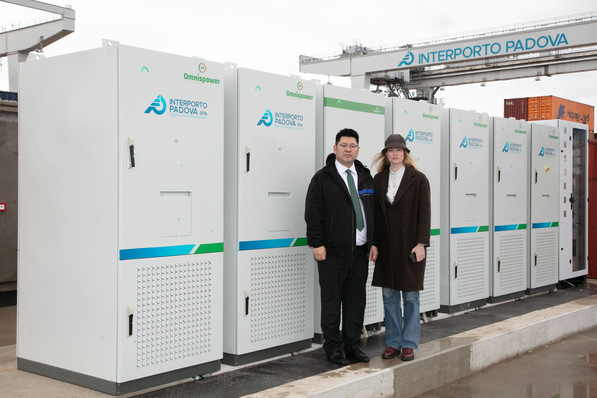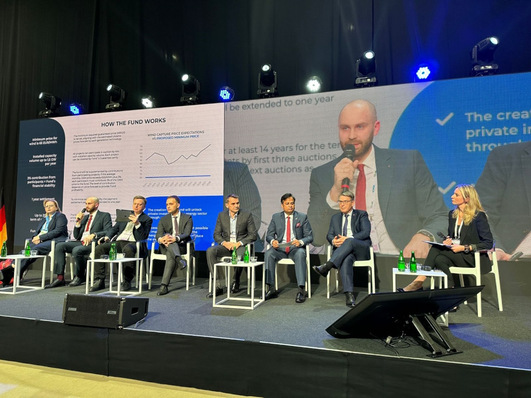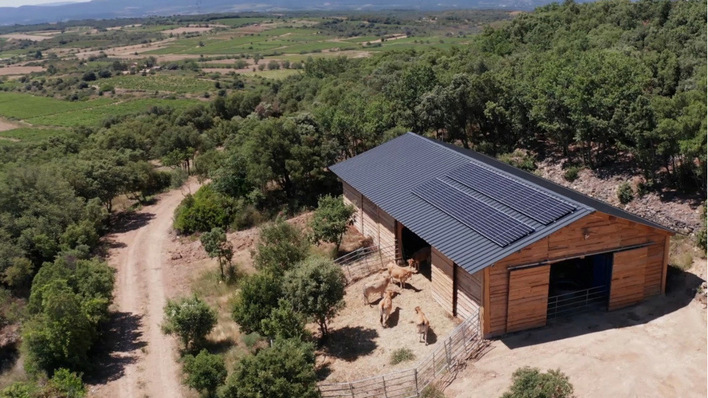Wien Energie has been operating an agricultural photovoltaic plant in the 22nd district on the outskirts of the city since 2021. In order to continue the agricultural use of the area, the modules were vertically elevated. The individual module rows are about ten metres apart, so that the farmer can continue to work the area with his usual machines.
Second harvest coming up
In the meantime, the second regular harvest is coming up. In the first year after the system was put into operation, lucerne was the main crop grown to improve the soil. Last year, the farmer cultivated different types of cereals such as winter wheat, winter spelt and winter barley as well as soybeans. These have already produced good yields in the first year of harvest. This year, the trial will continue according to the principle of crop rotation.
Using electricity on site
The final results of how the yields turned out in each case should be available at the end of 2023. But it is already clear that these results will be good and beneficial for farmers. "Agricultural photovoltaics in combination with digitalised agriculture offers farmers new opportunities in their management with additional income and a great technological advance. For example, the green energy can be used directly for food production, which means an additional CO2 reduction. Due to the special form of installation of agricultural photovoltaics, automation will also be possible in the near future," Helmut Wagentristl, and director of the Groß-Enzersdorf experimental farm, is certain.
Efficiency of land use increases
Helmut Wagentristl is also a professor at the University of Natural Resources and Applied Life Sciences (Boku), which is providing scientific support for the project and investigating how yields develop in comparison to conventional agricultural use without photovoltaics. But some findings are already available.
See also: France starts initiative to speed up Agri-PV
For example, the combination of solar power generation and food production on one area makes it economically more profitable. It is true that the farmer can only continue to use about 85 per cent of the land for agriculture. About 14 per cent is used for so-called flower strips. One per cent of the area is taken up by photovoltaic systems.
Additional source of income for the farmer
However, the high electricity yield provides the farmer with an additional source of income that makes up for the loss of arable land. In addition, the trials in Vienna have shown that agricultural management continues to function smoothly and resembles normal farming.
Flowering strips increase biodiversity
The flowering strips that were created to the left and right of the module rows do take up space. But on the one hand, they protect the solar plant from possible damage caused by the agricultural cultivation of the area. On the other hand, they increase biodiversity. In the Vienna plant, three different methods were tested to keep this strip free of weeds. The sowing of a special flower mixture and the mechanical maintenance of the meadow seed proved successful. (su/mfo)
Also interesting: Manufacturer Next2Sun signs cooperation agreements in India








